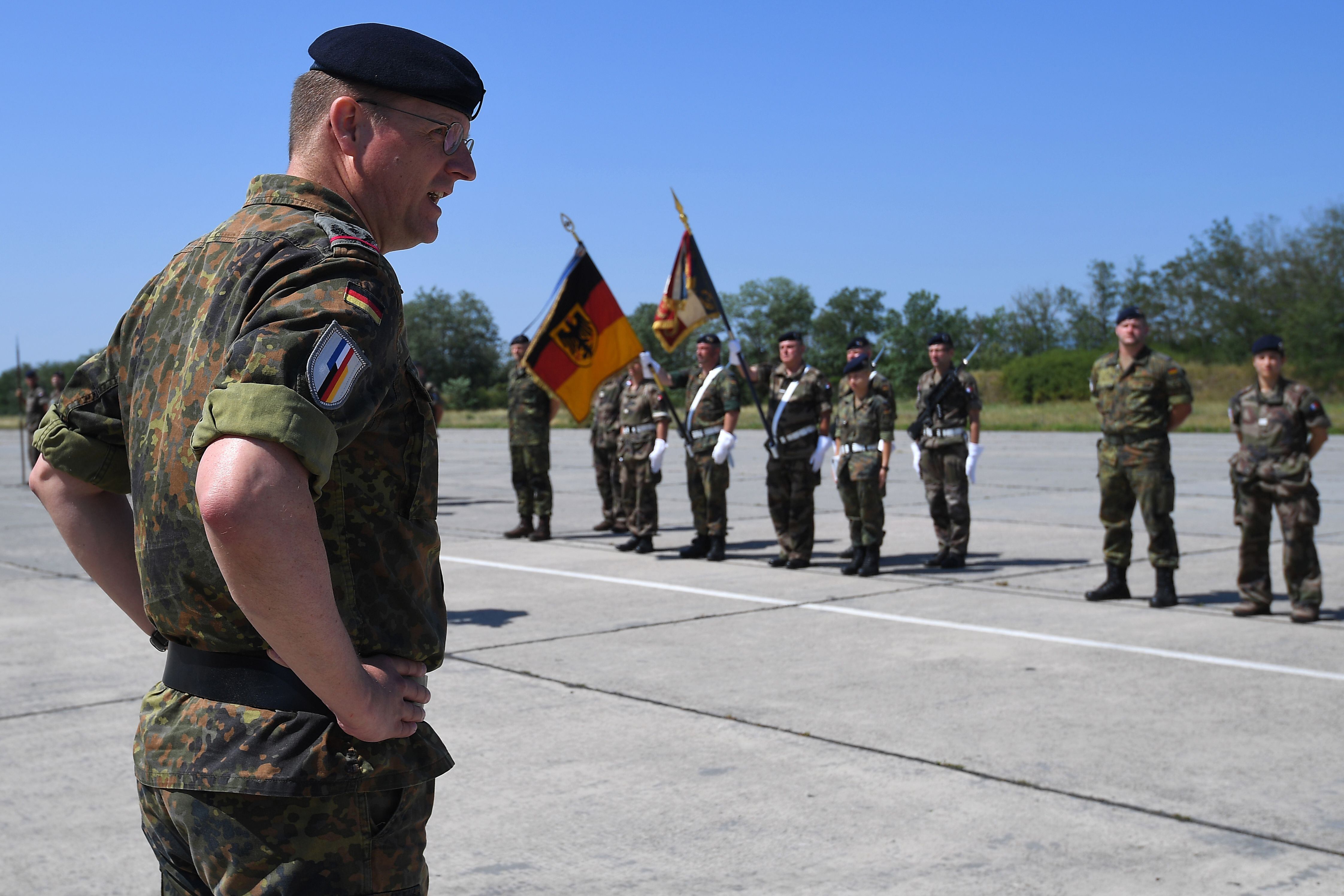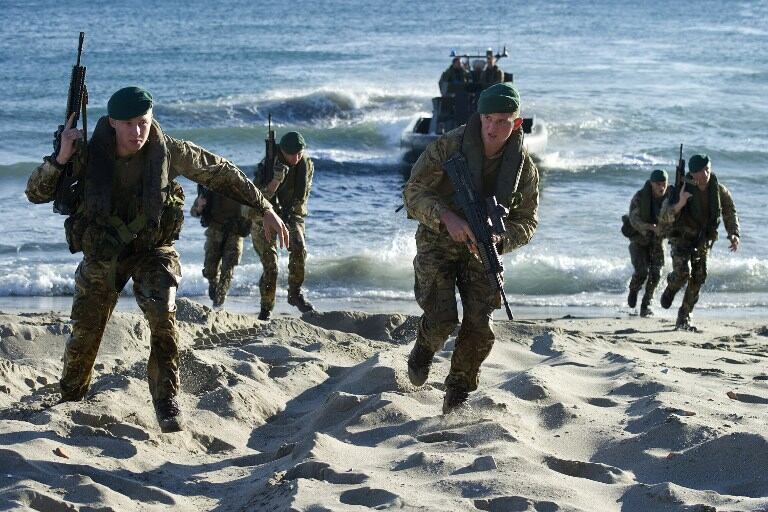LONDON – The British on Tuesday began to restore their once-formidable capabilities for maritime patrol with the arrival to the Royal Air Force base at Kinloss, Scotland, of the first of a fleet of Boeing P-8A Poseidon jets.
Flown by a crew from the RAF’s CXX Squadron, the first of nine P-8A's, ordered by the British in 2016 at a cost of £3 billion ($3.9 billion), arrived pretty much on cue at the Kinloss base that will be its temporary home until infrastructure and other work at its permanent base at Lossiemouth is completed later this year.
A recent tweet RAF tweet said the aircraft had already operated some tactical missions.
Doug Barry, the senior air analyst at the International Institute for Strategic Studies think tank in London, says the aircraft landing in Scotland is a big moment for the Royal Air Force.
“The arrival of the first P-8A is symbolic in that it marks the UK beginning to get back into the fixed-wing anti-submarine warfare business after a gap of a decade,” he said.
The British are scheduled to ramp up their P-8A numbers rapidly as a resurgence in Russian submarine activity continues to challenge Western resources in the sector.
A second aircraft is due to arrive at Lossiemouth by the end of March, three further P-8A's will be handed over by the end of the year with the four remaining machines all due to arrive by the fourth quarter of 2021.
Full operating capability is scheduled for 2024. The aircraft are known as Poseidon MRA Mk1 in RAF service.
RELATED

Late last year, commenting on Russian nuclear submarine activity, top US Navy officer Adm. James Foggo, commander of US Naval Forces Europe and Africa, reported 2019 as being “one of the busiest years that I can remember, and I’ve been doing this since 1983.”
First Sea Lord Adm. Tony Radakin said: “The arrival of the first Poseidon marks a significant upgrade in the UK’s ability to conduct anti-submarine operations. This will give the UK the ability to conduct long-range patrols and integrate seamlessly with our NATO allies to provide a world-leading capability.”
In co-operation with the US sea service and the Royal Norwegian Air Force, who have purchased five P-8A's, the RAF will attempt to plug any gaps in anti-submarine defenses in the North Atlantic.
One of the British P-8A's main tasks will be to provide cover for Royal Navy Trident missile submarines emerging and returning to their base at Faslane in Scotland.
Barrie said that for the last decade the “UK has had to look elsewhere to support the deployment of its strategic deterrent to try to ensure there was no unwanted company.”
The US, France, Canada and others have all had to step in at times to provide reconnaissance and other capabilities to help glug the hole in British fixed-wing, anti-submarine defenses caused when a government strategic defence and security review in 2010 controversially cancelled the MRA4 program without looking to purchase a replacement.
RELATED

The British have sought to retain their maritime patrol skills over the last few years by placing aircrew and operators with allies like the United States.
The new aircraft entered service with the RAF late last year but the platform has until now been based at the Jacksonville, Florida, naval air station where British crew training is taking place ahead of eventually transitioning to Lossiemouth.
Training and simulation facilities are part of a new £132 million ($171 million) infrastructure project at Lossiemouth jointly funded by the MoD and Boeing, which is scheduled for completion later this year.
Flight operations and planning, maintenance, crew rooms and space for three aircraft will also be included in the facility. More than 200 Boeing employees will be permanently based on the base.
Some £470 million ($612 mission) in total is being invested in Lossiemouth, which is also home to part of the Typhoon fighter fleet, upgrading runways, building a new air traffic tower and other improvements.
Andrew Chuter is the United Kingdom correspondent for Defense News.








